Construction Loans Explained
If you are thinking of building your own home, you will need to be familiar with the ins and outs of construction loans.
Construction loans are just not as straightforward as simple home loans. There are additional decisions to be made about the structure of the loan, additional documentation is required and the funding is released in an entirely different way.
Documentation
In addition to documentation about your finances, income and identity, your application for a construction loan needs to include contracts or tenders for the construction, as well as the plans so that a valuation can be performed.
Further documentation will also be required before the first payment is made from the lender to the builder, including a schedule of the payments to be made (called drawdowns), the builders’ insurance details and the final plans that have been approved by the local council.
Structure
To avoid having to contribute your full deposit and being charged interest on the entire loan amount from the moment the land purchase settles, you can split your mortgage into a land loan and a construction loan. At settlement of the land purchase, you pay lender’s mortgage insurance (LMI) on the land loan, if LMI applies, and start being charged interest and making repayments on the balance of the land loan. The interest and repayments on the construction portion then kick in only as each drawdown is processed.
Funding
The drawdown schedule is very important, as you don’t start paying interest on each portion of the loan until it is paid to the builder – you, the lender and the builder need to be satisfied with the schedule.
For the lender to make each payment to the builder, you will need to fill out a drawdown request form from your lender, and submit it to your builder. The builder can then send the lender your form with an invoice for that part of the payment and, after the lender is satisfied that the work has been completed and is up to the standard expected in the valuation, the drawdown can be completed with a payment to the builder.
Any changes to the contract and plans can trigger a reassessment of the loan, so be as sure as you can be that the plans and contracts the lender sees are final, and it is also worth trying to pay for any small amendments from your own pocket, rather than changing the loan and risking a reassessment.
Problems can also arise when other work on the site that isn't completed by the builder needs to be paid for, as some lenders only make the remaining funds of the mortgage available after the completion of construction. While some builders will include subcontractors as part of the main contract, meaning that they can be paid by the builder as stages of work are complete throughout the drawdown schedule, others will not do this. Again, this may make it necessary to pay from your own pocket.
Find an MFAA Approved Finance Broker who has the expertise to find you the construction loan that best suits your needs.
Contact us today.
